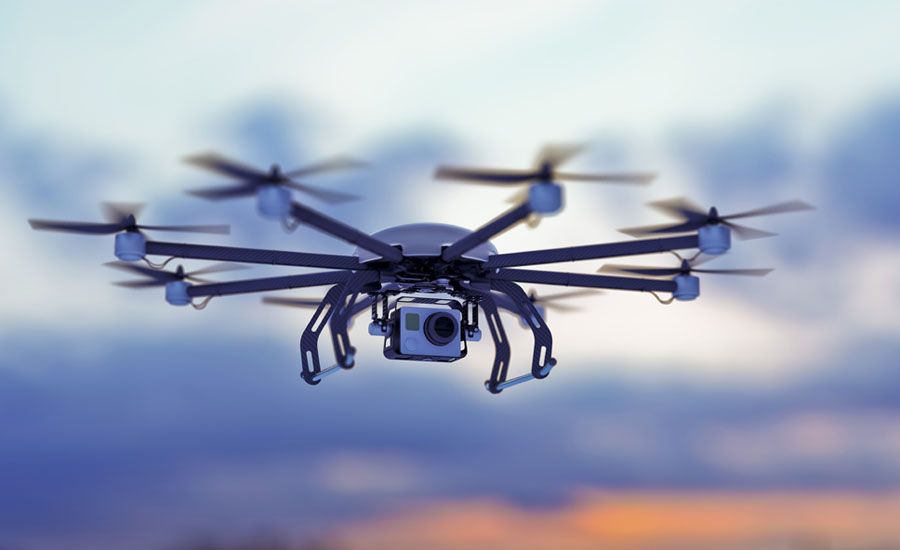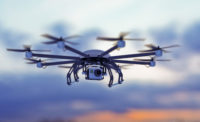The ability of commercial aircraft to move safely through the skies – particularly in the vicinity of airports – is a prominent part of the test drone operators must take in order to get a Remote Pilot Certificate (RPC) from the Federal Aviation Administration (FAA). Government regulations require the person actually flying a drone – or, “unmanned aircraft system” (UAS) – to have an RPC, or be directly supervised by someone with such a certificate.
To date, drone-aircraft collisions have been rare, but near-misses have increased sharply around the world. Last week, a drone flying illegally close to a departure lane at Heathrow Airport in the U.K., came within 100 feet of an airplane that had taken off second earlier, endangering the 330 passengers onboard.
Know your airspace types
Here in the U.S., the large number of airspace classifications can be confusing: there are regulatory and nonregulatory categories, controlled and uncontrolled, special use, restricted and prohibited areas. The categories and types of airspace are dictated by the complexity or density of aircraft movements, nature of the operations conducted within the airspace, the level of safety required, and national and public interest.
Drones are prohibited from entering certain areas for security or other reasons associated with the national welfare. Examples of prohibited areas include Camp David and the National Mall in Washington, D.C., where the White House and the Congressional buildings are located. Restricted Areas Restricted areas are areas where operations are hazardous to nonparticipating aircraft and denote the existence of unusual, often invisible, hazards to aircraft (e.g., artillery firing, aerial gunnery, or guided missiles). Penetration of restricted areas without authorization from the using or controlling agency may be extremely hazardous to the aircraft.
Prepping for the test
If this all sounds like a lot to take in, the FAA has online materials in PDF form that will help drone owners study for an initial aeronautical knowledge test at an FAA approved knowledge testing center (PDF). The FAA says you should have no trouble if you study – the exam success rate is 92 percent.
That rate is reflected in the more than 100,000 enthusiasts have obtained their license to fly a drone for commercial and recreational use since the Federal Aviation Administration’s (FAA) small drone rule went into effect on August 29, 2016.
A Remote Pilot Certificate is valid for two years from the date of issue. Anyone who earned their certificate at the end of August or in September 2016 should review the certification renewal requirements and prepare to take recurrent training or testing. You can find all the information you need to renew your certificate on the FAA website.
A warning about fraud
A number of registration assistance entities have sprung into existence since drones’ surge in popularity, companies who will “help” drone owners - especially hobbyists— register their drones with the FAA by filing an application for a registration number, for up to $150. Some attempt to mimic the look of the FAA’s website with similar graphic design and even the FAA logo, or suggest they are somehow “approved” by the agency. They aren’t – and you could be wasting your money. The actual FAA registration fee is $5.00. For that charge, hobbyists receive one identification number for all the drones they own. All others pay the registration fee for each drone they intend to operate.
Visit the FAA Drone Zone for more information.





